- 2024年-03月-01日:白蛇传(56P)
- 2024年-02月-26日:逼上梁山(17P)
- 2024年-02月-24日:戴敦邦新绘《长恨歌》(51P)
- 2024年-02月-23日:四大名著画集(36P)
- 2024年-02月-23日:戴敦邦聊斋人物谱(113P)
- 2024年-02月-23日:彩绘金瓶梅(98P)
- 2024年-02月-23日:精绘红楼梦插图(50P)
- 2024年-02月-21日:图说唐诗宋词-戴敦邦(104P)
- 2024年-02月-19日:《长恨歌》戴敦邦彩绘-辽宁美术(47P)
- 2024年-02月-19日:《水浒人物壹佰零捌图》[戴敦邦.戴红杰][天津杨柳青版.1997(120P)
- 2024年-02月-19日:《戴敦邦新绘全本红楼梦》.上海古籍出版社(242P)
- 2024年-02月-19日:戴敦邦水浒人物谱(173P)
- 2024年-02月-19日:戴郭邦《封神演义》插图选(50P)
- 2024年-02月-19日:水浒传71回戴敦邦新绘108将(109P)
- 2024年-02月-19日:戴敦邦新绘水浒传(240P)
- 2024年-02月-19日:《红楼梦群芳图谱》(69P)
- 2023年-11月-08日:齐民要术(94P)
- 2023年-10月-30日:历代艳体诗歌精华(728P)
- 2023年-10月-28日:青楼韵语(152P)
- 2023年-10月-28日:性爱大师(417P)
- 2023年-09月-27日:图解金刚经(308P)
- 2023年-09月-20日:《楚辭圖注》十卷【明】(133P)
- 2023年-09月-01日:离骚草木疏.四卷.宋吴仁杰撰.汲古阁.毛氏图史子孙永保之精钞本(52P)
- 2023年-09月-01日:诗经名物图解.10贴.細井徇撰绘.弘化4年自序(486P)
- 2023年-09月-01日:孫子合契(45P)
- 2023年-09月-01日:孙莘老求墨妙亭诗.蘇軾撰.石斎書(12P)
- 2023年-06月-20日:孙子兵法(珍藏版)(205P)
- 2023年-06月-15日:拍案惊奇二集.书前版画(20P)
- 2023年-06月-15日:喻世明言.书前版画(27P)
- 2023年-06月-15日:历代情诗三百首(471P)
- 2023年-06月-14日:醒世恒言.书前版画(40P)
- 2023年-06月-08日:十四行诗·莎士比亚全集40(234P)
- 2023年-06月-08日:露克利斯·莎士比亚全集39(178P)
- 2023年-06月-08日:维诺斯与阿都尼斯·莎士比亚全集38(204P)
- 2023年-06月-08日:波里克利斯·莎士比亚全集37(201P)
- 2023年-06月-08日:辛伯林·莎士比亚全集36(283P)
- 2023年-06月-08日:安东尼与克利欧佩特拉`莎士比亚全集35(281P)
- 2023年-06月-04日:希腊爱经(242P)
- 2023年-06月-04日:奥赛罗·莎士比亚全集34(266P)
- 2023年-06月-04日:李尔王·莎士比亚全集33(266P)
- 2023年-06月-04日:哈姆雷特·莎士比亚全集32(309P)
- 2023年-06月-04日:马克白·莎士比亚全集31(191P)
- 2023年-06月-02日:三才图会之31(432P)
- 2023年-06月-02日:三才图会之30(370P)
- 2023年-06月-02日:朱利阿斯·西撒·莎士比亚全集30(203P)
- 2023年-06月-02日:雅典的泰蒙·莎士比亚全集29(205P)
- 2023年-06月-02日:罗密欧与朱丽叶·莎士比亚全集28(249P)
- 2023年-06月-02日:泰特斯·安庄尼克斯·莎士比亚全集27(203P)
- 2023年-06月-01日:三才图会之29(394P)
- 2023年-06月-01日:三才图会之28(312P)
- 2023年-06月-01日:三才图会之27(306P)
- 2023年-06月-01日:三才图会之26(292P)
- 2023年-05月-28日:三才图会之25(274P)
- 2023年-05月-28日:三才图会之24(242P)
- 2023年-05月-28日:三才图会之23(386P)
- 2023年-05月-28日:三才图会之22(418P)
- 2023年-05月-28日:考利欧雷诺斯·莎士比亚全集26(292P)
- 2023年-05月-28日:脱爱勒斯与克莱西达·莎士比亚全集25(275P)
- 2023年-05月-28日:亨利八世·莎士比亚全集24(261P)
- 2023年-05月-28日:利查三世·莎士比亚全集23(294P)
- 2023年-05月-26日:亨利六世 下·莎士比亚全集22(237P)
- 2023年-05月-26日:亨利六世 中·莎士比亚全集21(247P)
- 2023年-05月-26日:亨利六世 上·莎士比亚全集20(228P)
- 2023年-05月-26日:亨利五世·莎士比亚全集19(249P)
- 2023年-05月-26日:亨利四世 下·莎士比亚全集18(257P)
- 2023年-05月-26日:亨利四世 上·莎士比亚全集17(243P)
- 2023年-05月-24日:三才图会之21(334P)
- 2023年-05月-24日:三才图会之20(430P)
- 2023年-05月-24日:三才图会之19(322P)
- 2023年-05月-22日:语丝·1927年第152、153、154、155期(88P)
- 2023年-05月-19日:利查二世·莎士比亚全集16(227P)
- 2023年-05月-19日:约翰王·莎士比亚全集15(204P)
- 2023年-05月-19日:冬天的故事·莎士比亚全集14(244P)
- 2023年-05月-19日:第十二夜·莎士比亚全集13(214P)
- 2023年-05月-19日:三才图会之18(286P)
- 2023年-05月-19日:三才图会之17(356P)
- 2023年-05月-19日:三才图会之16(296P)
- 2023年-05月-19日:三才图会之15(448P)
- 2023年-05月-16日:皆大欢喜·莎士比亚全集12(231P)
- 2023年-05月-16日:驯悍妇·莎士比亚全集11(215P)
- 2023年-05月-16日:如愿·莎士比亚全集10(210P)
- 2023年-05月-16日:威尼斯商人·莎士比亚全集9(199P)
- 2023年-05月-15日:三才图会之14(392P)
- 2023年-05月-15日:三才图会之13(426P)
- 2023年-05月-15日:三才图会之12(346P)
- 2023年-05月-15日:三才图会之11(490P)
- 2023年-05月-11日:仲夏夜梦·莎士比亚全集8(198P)
- 2023年-05月-11日:空爱一场·莎士比亚全集7(236P)
- 2023年-05月-11日:无事自扰·莎士比亚全集6(211P)
- 2023年-05月-09日:错中错·莎士比亚全集5(159P)
- 2023年-05月-05日:恶有恶报·莎士比亚全集4(219P)
- 2023年-05月-05日:温莎的风流妇人·莎士比亚全集3(219P)
- 2023年-05月-05日:维洛那二绅士·莎士比亚全集2(184P)
- 2023年-05月-05日:暴风雨·莎士比亚全集1(161P)
- 2023年-05月-05日:六「情感西门」·民众版金瓶梅(72P)
- 2023年-05月-05日:五「隔墙密约」·民众版金瓶梅(69P)
- 2023年-05月-05日:四「金莲受辱」·民众版金瓶梅(70P)
- 2023年-05月-05日:一「帘下勾情」·民众版金瓶梅(68P)
- 2023年-05月-05日:旧馆重游·图解金瓶梅之十(104P)
- 2023年-05月-05日:人去楼空·图解金瓶梅之九(104P)
《青楼韵语》原名《嫖经》,或称《明代嫖经》。朱元亮辑注校证,张梦征汇选摹绘,刊印于明代万历四十四年(公元1616年)。这部书不仅成为古代嫖界的指南,而且从很多方面反映出明代士人和妓女的心态。此书的一大特色是辑录了大量古代妓女诗词,辑选晋、南齐、梁、隋、唐、宋、元、明约一百八十名古代名妓的诗词韵语共500 余首,读之多有不凡之作。
《青楼韵语》 原名虽《嫖经》,但绝非诲淫之作。书中内容的主体架构是古代士子们嫖妓的原则、方式及行为思想等等,但整部书却是充满矛盾的:嫖妓宿娼本来是买卖关系,却提倡双方要以情为重;嫖妓本来是不大道的,却提倡人道主义精神;嫖妓本来是男子压迫与玩弄女子的典型表现,却又提出女人也是人,在人格上、爱欲上男女平等。这种种矛盾反映出当时社会生活中的现实矛盾,不少人在相互矛盾的思想下生活与彷徨。还应指出的是,嫖经之类的作者、支持者与拥护者大都是程朱理学、封建礼教的叛逆者,他们对礼教、对官场科场彻底失望,于是玩世不恭,把经书看得一钱不值,针对明代统治者把《四书》、《五经》以及程、朱等人的注疏作为科举考试内容的现实情况,故意依样画葫芦,为风月界作《嫖经》,也逐条加以注疏,这也是对当时官场科场及封建礼教的一种嘲弄与讽刺。
书前附有十二幅精美插图,均出自张梦征手笔,这些绘画作品,无论在人物的处理上或背景的衬托上,都发挥了极大的匠心。郑应台在原书序文中说:“梦征少年,胸次何似,何以晋唐宋元之师法无不具,山形水性,夭态乔枝,人群物类无不该,淋漓笔下,绝于今而当于古也。”不仅绘画如此,就是图版的刻工刀法,绝对堪称古代版画杰出的代表作。郑振铎在《中国版刻图录序》中说:“歙县虬村黄氏诸名手所刻版画盛行于明万历至清乾隆初,时人有刻,必请歙工。”而《青楼韵语》,正是于万历丙辰(1616)由歙县虬村黄桂芳、黄应甫等人合刻,十二幅插图,人物在版面上的位置成比例地缩小,整个画面繁杂的人物和背景被处理得十分匀称,精雕细刻,图文并茂至臻完美,不愧于“徽刻之精在于黄,黄刻之精在于画。”
明、清《青楼韵语》的善本极为难寻,电子版有两种民国时期版本。若论印刷之精美者,当属民国三年(1914)的“隐虹轩”版,尤其是原书插图,无一遗漏,且印制精美,书页均为大字。次之则为民国二十四年(1935)中央书店作为“国学珍本文库”第一集第九种的铅印版,插图不全。但中央书店“国学珍本”版另有佳处,这个版本将《青楼韵语》分二册出版,上册为《青楼韵语》原书,下册则辑录了清人同类著作《燕台花事录》、《珠江名花小传》、《白门新柳记》、《白门新柳补记》、《白门衰柳附记》等内容。
“Brothel rhyme” formerly known as “Piao Jing”, or “Ming Dynasty Piao Jing”. Zhu Yuanliang notes the school card, Zhang Mengzheng Hui selected a copy, published in the Ming Dynasty Wanli forty-four years (AD 1616). This book not only became a guide for the ancient world of prostitution, but also reflected the mentality of intellectuals and prostitutes in the Ming Dynasty in many ways. One of the features of this book is the collection of a large number of ancient prostitute poems, selected Jin, Southern Qi, Liang, Sui, Tang, Song, Yuan, Ming about 180 ancient prostitute poems and rhymes of more than 500, read a lot of extraordinary works.
Although the original name of “Brothel Rhyme” is “Whao Jing”, it is not a pornographic work. The main structure of the content of the book is the principle, way and behavior of the ancient scholars, but the whole book is full of contradictions: the relationship between prostitution and prostitution is originally a sale, but advocates that both sides should attach importance to love; Whoring with prostitutes is not an avenue, but it advocates humanitarian spirit; Whoring with prostitutes is a typical manifestation of men’s oppression and womanizing, but it also puts forward that women are human beings, and men and women are equal in personality and sexual desire. This kind of contradiction reflects the actual contradiction in social life at that time, and many people live and hesitate under the contradictory thoughts. It should also be pointed out that most of the authors, supporters and adherents of Piao Jing were rebels of Neo-Confucianism and feudal etiquette, and they were completely disappointed in etiquette and the officialdom, so they were cynical and regarded the classics as worthless, in view of the reality that the Ming Dynasty rulers took the Four Books, the Five Classics and the annotations of Cheng and Zhu as the content of the imperial examination. Deliberately follow the example, for the wind and moon circle to make “Whao Jing”, but also to note the article by article, which is also a mockery and satire of the official field and feudal ethics at that time.
The book is accompanied by twelve exquisite illustrations, all from Zhang Mengzheng’s hands, these paintings, whether in the treatment of characters or background, have played a great ingenuity. Zheng Yingtai said in the preface of the original book: “Dream of youth, the chest is similar, why Jin Tang Song Yuan teacher all have, mountain shape water, the state of Qiaozhi, the crowd material class all should, dripping pen, never in today and should be in the ancient also.” It is not only the painting, but also the cutting knife method of the plate, which is definitely an outstanding representative of ancient printmaking. Zheng Zhenduo said in the Preface of Chinese Lithography: “The engravings made by Huang’s famous hands in Qiu Village of Shexian County were popular from Wanli of Ming Dynasty to the beginning of Qianlong of Qing Dynasty. The “Qinglou Rhyme”, it is in Wanli Bingchen (1616) by the Shexian County Qiu village Huang Guifang, Huang Yingfu and other people engraved, 12 illustrations, the position of the characters on the page is reduced proportively, the whole picture of complex characters and background are processed very symmetrical, finely carved, pictures and perfect, it is true that “the essence of emblem engraving is yellow, the essence of yellow engraving is painting.”
It is very difficult to find the good copies of “Qinglou Rhymes” in the Ming and Qing dynasties, and there are two versions of the electronic version in the Republic of China. If the printing is exquisite, it is the “Yin Hong Xuan” edition of the three years of the Republic of China (1914), especially the original book illustrations, without missing, and beautifully printed, the pages are large characters. The second is the 24 years of the Republic of China (1935) Central Bookstore as the “rare book Library of Chinese studies” the first set of the ninth type of printed edition, the illustrations are incomplete. But the central bookstore “Rare book of Chinese studies” edition has another good, this edition will “Qinglou Rhymes” published in two volumes, the first volume is “Qinglou Rhymes” the original book, the next volume is a collection of similar works “Yantai Flower Record”, “Pearl River famous flowers biography”, “White gate new Liu Record”, “White gate new Liu supplement”, “White gate decline Liu notes” and other content.




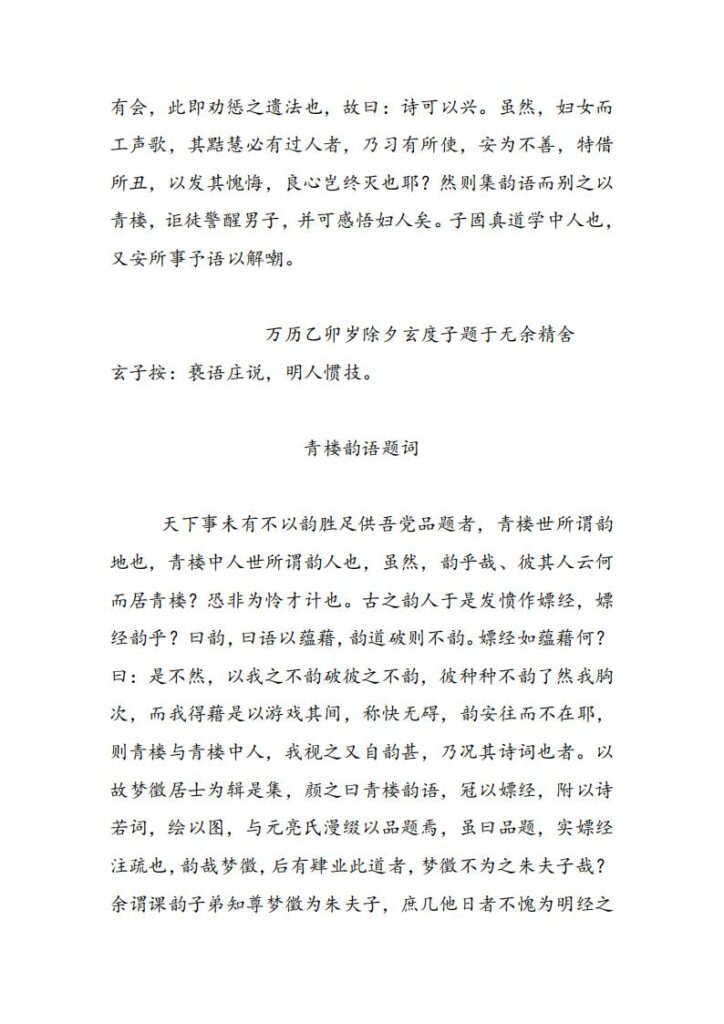
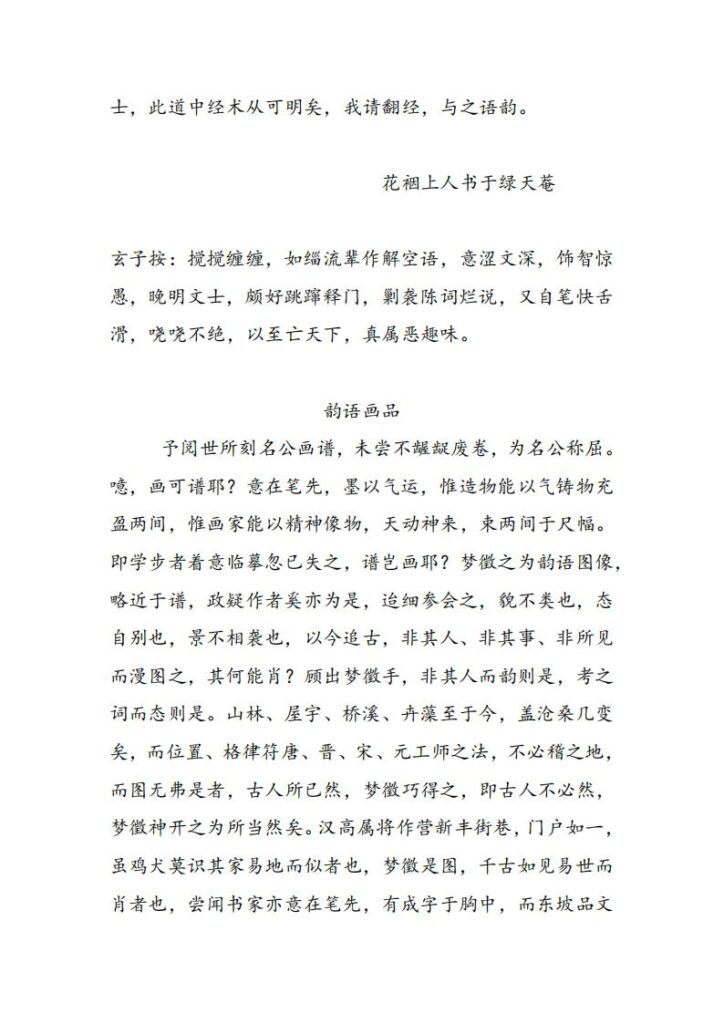














































































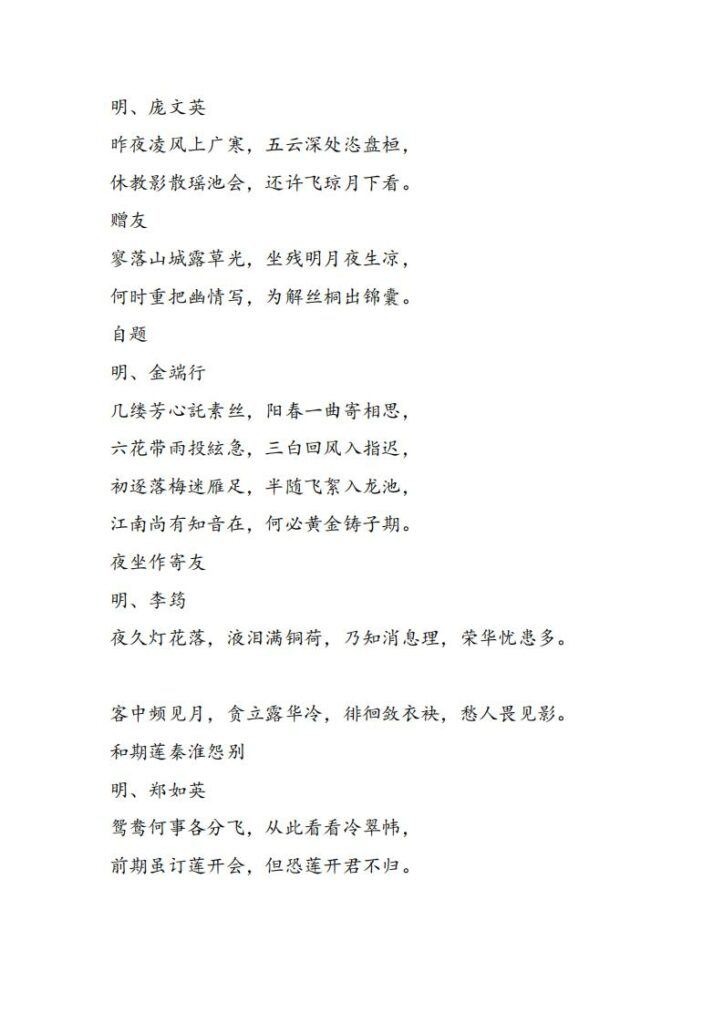















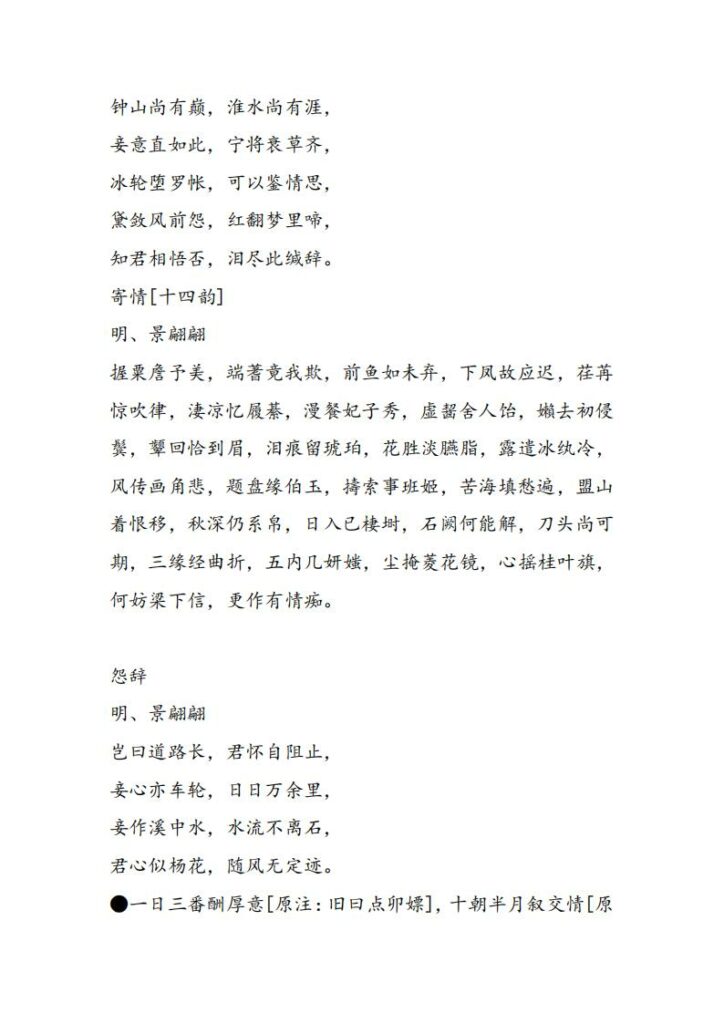














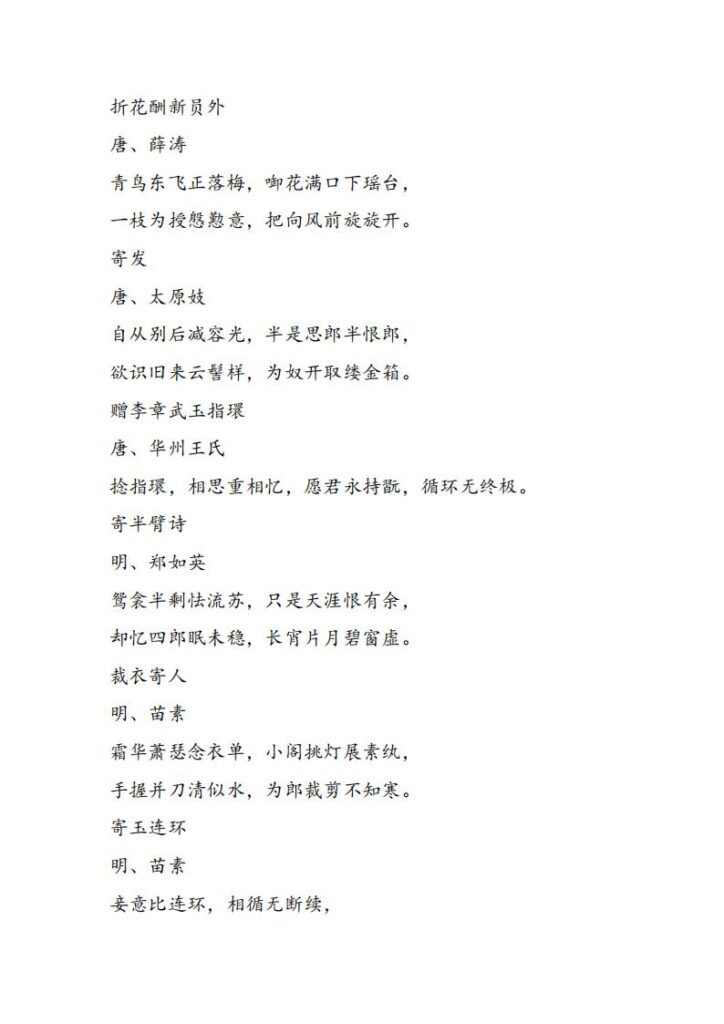



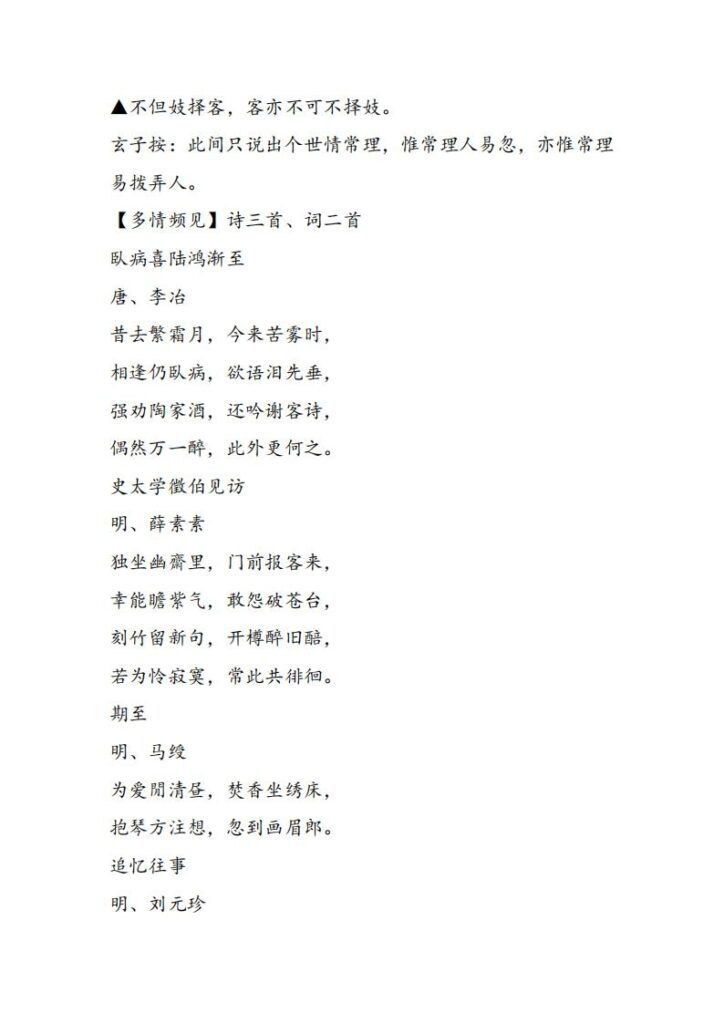


























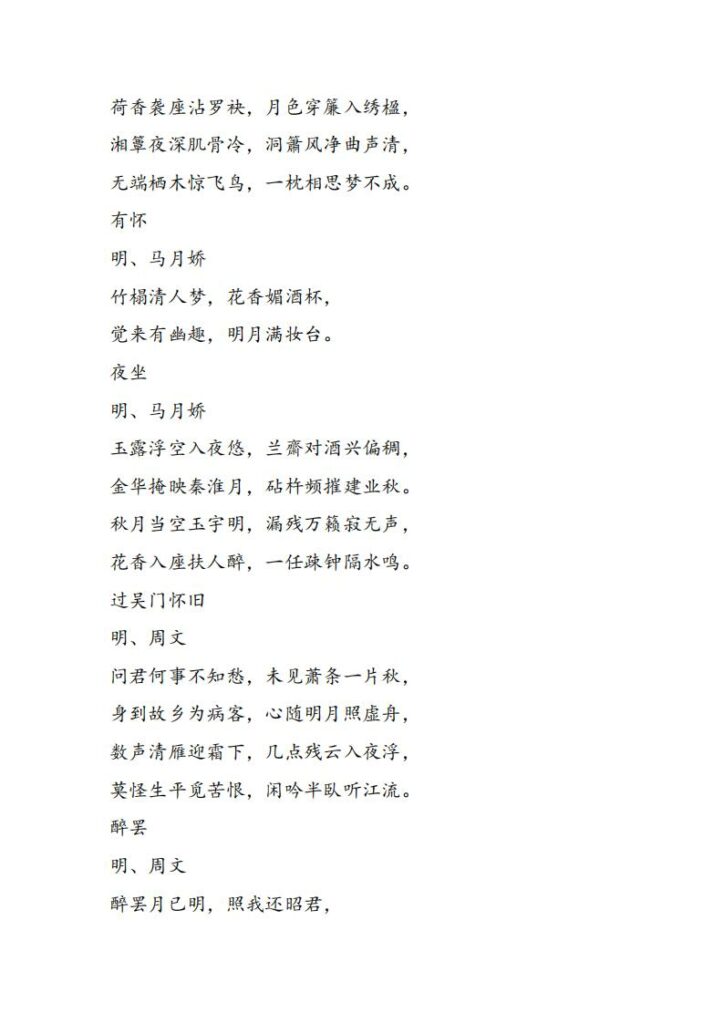





Culture文化 Masterpiece名著 152P 青楼韵语
历史上的今天 ( 32 ):
- 2022年-10月-28日:SEGA:格斗王2005-md
- 2022年-10月-28日:SEGA:港都少年-md
- 2022年-10月-28日:SEGA:光明力量1诸神之遗产-md
- 2022年-10月-28日:SEGA:黑桃2-md
- 2022年-10月-28日:SEGA:航空霸业2-md
- 2022年-10月-28日:KTV:精忠报国-屠洪刚
- 2022年-10月-28日:KTV:一场游戏一场梦-王杰
- 2022年-10月-28日:KTV:毛宁-晚秋
- 2022年-10月-28日:Video视频:真漂亮,身材真好
- 2022年-10月-28日:Video视频:阿姨的魅力,你不懂
- 2022年-10月-28日:Video视频:多好的姑娘,集体相亲
- 2022年-10月-28日:Video视频:夕阳下的劲歌热舞
- 2022年-10月-28日:Video视频:一句没有办法,多心酸
- 2022年-10月-28日:Video视频:一个人在家很乱来美女
- 2022年-10月-28日:Video视频:别玩了,很危险
- 2022年-10月-28日:Video视频:最漂亮的葫芦娃
- 2022年-10月-28日:Video视频:老婆早早起床要上班
- 2022年-10月-28日:Video视频:据说吊的不是疫情患者
- 2022年-10月-28日:Video视频:面朝大海春软花开
- 2022年-10月-28日:Video视频:都吃过这种鱼吗
- 2022年-10月-28日:Video视频:美女你最喜欢哪个高跟鞋
- 2022年-10月-28日:Global国外合集:卢浮宫美术作品画册之五 (300P)
- 2022年-10月-28日:China国内合集:海上名家绘画 (220P)
- 2022年-10月-28日:Antique古董:鼻烟壶 (298P)
- 2022年-10月-28日:Leeao李敖:中国艺术新研 (79P)
- 2022年-10月-28日:Leeao李敖:中国性研究 (100P)
- 2022年-10月-28日:Leeao李敖:中国现代史正论 (72P)
- 2022年-10月-28日:Region地理:德国最美的乡村—拉姆绍小镇 (11P)
- 2022年-10月-28日:Region地理:德国新天鹅堡 (9P)
- 2022年-10月-28日:History历史:医疗救治 中国抗战历史影像全集 卷十七 (390P)
- 2022年-10月-28日:History历史:物资装备 中国抗战历史影像全集 卷十六 (387P)
- 2022年-10月-28日:News新闻:10月28日,星期五,在这里每天60秒读懂世界! (1P)
可点 ➠ 2023年-10月-28日 ➠ 91 s ➠ ♥ 0

